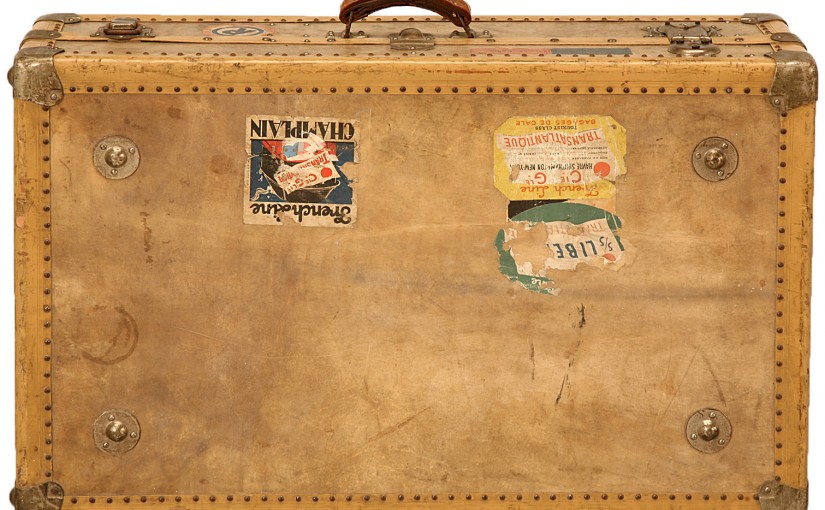One of the joys of researching a historical novel is the uncovering of parallels, unrelated facts that nevertheless strike me as significant. When you read a lot of mysteries, as I do, you come to believe there is no such thing as coincidence. Everything is significant.
The scope of the novel encompasses several wars from 1936 to 1962 and there are many parallels involved. War does awful things to people no matter who’s fighting; brutality breeds only more brutality and what’s learned is passed through generations. You torture mine, I’ll torture yours even more. It’s a chain of iniquity that continues to this day.
But we were talking about suitcases. When photojournalist, Robert Capa, fled Paris as the Nazis arrived, he may have had with him a suitcase full of negatives from the Spanish Civil War, photos by Gerda Taro and David Seymour (Chim) as well as Capa. The suitcase was lost for many years, until it turned up in Mexico in 1995. When it was found, it was hoped by many including Capa’s brother Cornell, that it would contain the negative of Falling Soldier, Capa’s most famous photo that is said to depict the moment of death of a Spanish Republican soldier. Cornell Capa’s hope was that finding the negative intact and in sequence would finally put to rest the controversy that has always followed the photo: real, or was it staged?
Unfortunately the negative was not in the case, the controversy continues, and no one is absolutely certain how the suitcase wound up in Mexico. I have a theory about that and it fits nicely in a novel.
The parallel suitcase belonged to Walter Benjamin, the German Jewish philosopher who committed suicide in France after fleeing the Nazis, appearing to make it safely to Spain on his way to America, then being turned back by Franco’s guards. Despairing, ill, fearing he would be turned over to the Nazis, and unable to summon the energy to try again, Benjamin took an overdose of morphine in Portbou, Catalonia on the French/Spanish border. The suitcase containing the manuscript of an unpublished book he had carried from Germany was never found.
In a totally unrelated postscript: Harry “Suitcase” Simpson was a well-traveled Major League ballplayer who played for seventeen different teams in the majors, minors, and Negro Leagues. There are two theories on the nickname: one because he was always being traded and two, because his size thirteen shoes reminded a sportswriter of a cartoon character named “Suitcase.” I can’t find any evidence that Harry ever lost a suitcase and as far as I know, he never met either Capa or Benjamin, but I’ll take any opportunity to throw in a baseball reference.
©2015 Ron Scherl

